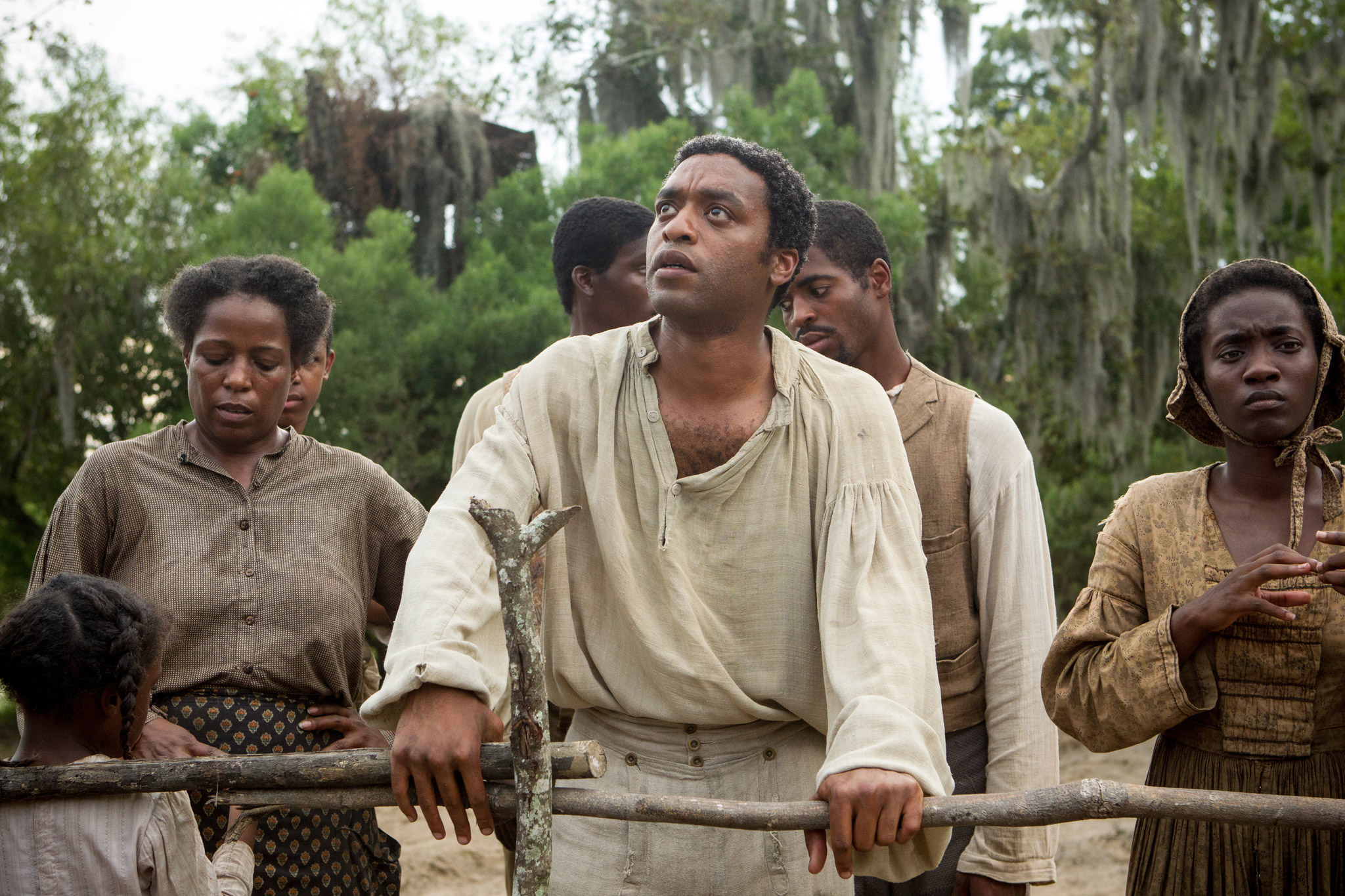“12 Years a Slave,” directed by Steve McQueen pushes the boundaries of cinematic rawness in depicting the reality of slavery. The movie is not just a film but an indispensable historical lesson which refuses to hold back on the truth about the barbarity of racism. The central focus is on Solomon Northup, portrayed by Chiwetel Ejiofor, a free black man from New York in 1841 who is kidnapped and sold into slavery.
Every frame of this movie echoes with the grim realism of slavery whilst McQueen utilises the visual brutality to condemn the institutionalized racism of yesteryears. His uncompromising filmmaking style shines a glaring light on the horrors and inhumanity of slavery, but at the same time paints a compelling portrait of a man’s will to survive.
Chiwetel Ejiofor’s performance is as emotionally intense as it is physically exhausting, capturing the anguish and resilience of Northup with remarkable depth. He effectively communicates the sheer helplessness and despair, yet never fully relinquishes the spark of hope. His journey from being a man of stature to becoming a mere plantation commodity is expressed with excruciating subtlety by Ejiofor, solidifying him as the heart and soul of the movie.
While Ejiofor brilliantly encapsulates Northup’s struggle, the supporting characters played by Michael Fassbender as merciless plantation owner Edwin Epps and Lupita Nyong’o as the tragically abused slave-girl Patsy are delivered with equal fervor. Fassbender portrays his character with a chilling ruthlessness that brings the malevolent reality of slavery to the forefront. Nyong’o, however, is the standout, manifesting a profoundly moving performance that is both heartbreaking and inspiring.
The cinematography by Sean Bobbitt is visually stunning. The contrast between the beautiful Southern landscapes and the grotesque inhumanity unfolding within them creates a jarring, uneasy atmosphere. This is complemented by Hans Zimmer’s haunting score that effectively amplifies the suspense and torment present in every scene.
However, the film does not shy away from intense graphic violence as McQueen’s raw realism borders on the unbearable. Some scenes are so harsh that they threaten to eclipse the narrative. Yet, this is an intentional creative decision by McQueen. He presents the audience with a brutally honest visualization of the harrowing reality that was the life for millions of enslaved people. The result is a visceral viewing experience that leaves a lasting, necessary impact.
“12 Years a Slave” is by no means an easy watch. The dark, deeply unsettling narrative may be hard to digest for many, and there’s an argument to be made that the film’s brutality risks overshadowing the emotional core of Northup’s story. But this is war. It’s a battle for dignity and survival, and war is not intended to be comfortable or beautiful.
In its unrelenting depiction of the physical and psychological torment endured by slaves, “12 Years a Slave” effectively counters romanticized versions of the antebellum South that have pervaded American pop culture. It reveals the undiluted truth about the horrifying mistreatment of human beings under the guise of property and prosperity, and is a stark reminder of the indignity one race can impose upon another.
However, there’s more to “12 Years a Slave” than just pain. It’s about never losing hope, never submitting to inhumanity, and always fighting for freedom until the very end. And, anchored by the breathtaking performances of Ejiofor, Nyong’o, and Fassbender, “12 Years a Slave” makes for a deeply stirring narrative that one won’t forget anytime soon.
In conclusion, “12 Years a Slave” serves as a brutal yet crucial confrontation with America’s past. It is a positive move towards a more honest conversation about race and human equality. Despite its graphic depictions, it is a necessary exhibition of a shameful chapter in history and serves as an unforgettable chronicle of resilience and survival.




